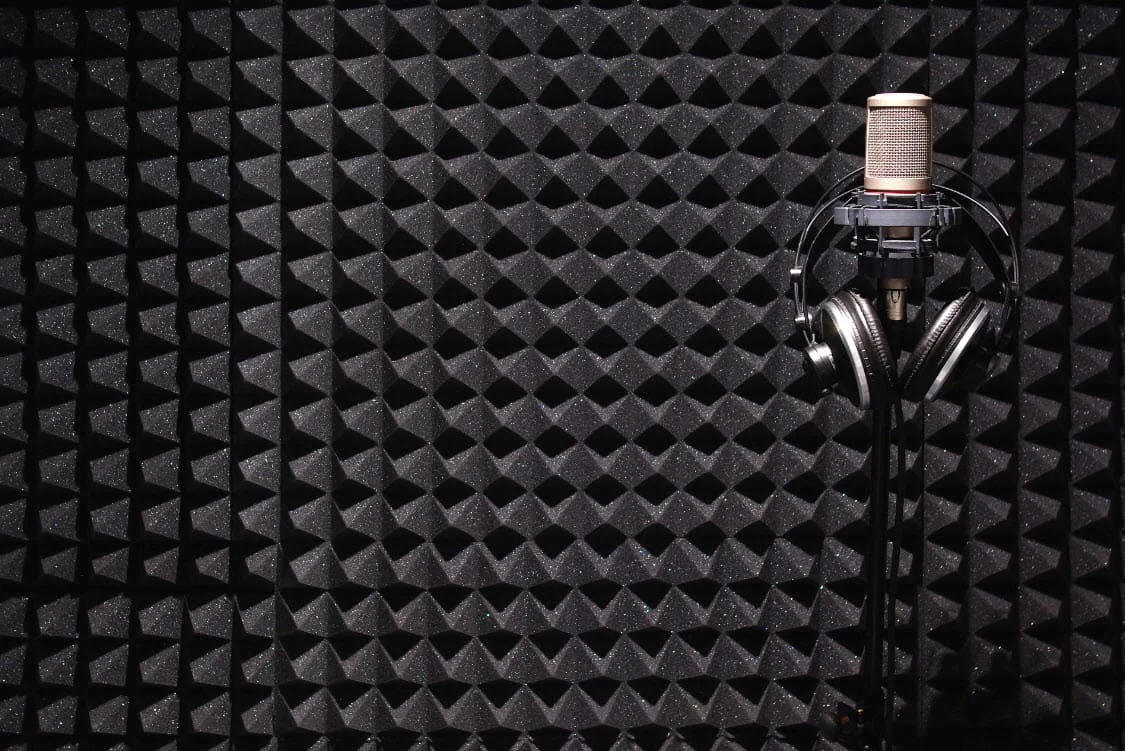Acoustical foam is a cost effective way to improve the quality of sound in a room. Contrary to what many believe, foam does not block sound, but absorbs it. Sound waves propagate through the air and reflect from surfaces to produce echoes. When sound waves enter the pores of the foam, the sound energy is converted to kinetic energy. It is transferred to the foam, causing it to vibrate. This prevents the sound waves from reverberating throughout the room. Acoustical foam is available for use on walls and ceilings. It is frequently used to control noise in auditoriums, recording studios and conference rooms and reduce vibrations in industrial settings.
Types of Foam
Melamine and polyurethane are the primary materials used to produce sound absorption foam. Polyurethane is tear resistant and may be found in a wide range of colors, textures and styles to allow limitless design possibilities. Polyurethane foams are available as either polyesthers or polyethers. Polyesthers are more robust, glossier and maintain their color longer than polyethers. Polyethers are less expensive. Polyurethane acoustical foams are Class B Fire Rated. The material is highly flammable and should not be used near high heat or open flames. Melamine is not quite as durable as polyurethane but has a Class A fire rating. It is often the choice of builders since it meets fire codes. Melamine is fire resistant and used in public areas such as hospitals, schools and cafeterias.
Foam Shapes
Acoustical foams are produced in a variety of shapes and sizes to enhance performance and increase specific sound absorption properties. Convoluted foams, such as the egg crate pattern, are designed to increase the surface area to provide greater absorption of sound waves. Wedge foam, with a one inch thickness, offers moderate sound control and is most effective for mid to high range frequencies. Increasing thickness to 2 to 4 inches increases the foam’s ability to absorb a full range of frequencies. Though similar performance improvements are observed with increasing thickness, the increased surface area resulting from the unique geometry of pyramid foam offers a slight performance improvement over the wedge foam.
Application
Acoustical foams are lightweight and easy to install. To be effective, all wall surfaces of the room must be insulated with foam. Applying it to only one wall allows the sound to reflect from the remaining uncovered walls. The type of foam needed to treat your room will depend on the size, shape, surface texture and frequency of sounds.
How can we Help?
Let us help you select the right flexible foam product for your next project. We would love to answer any questions you have about custom foam fabrication.


